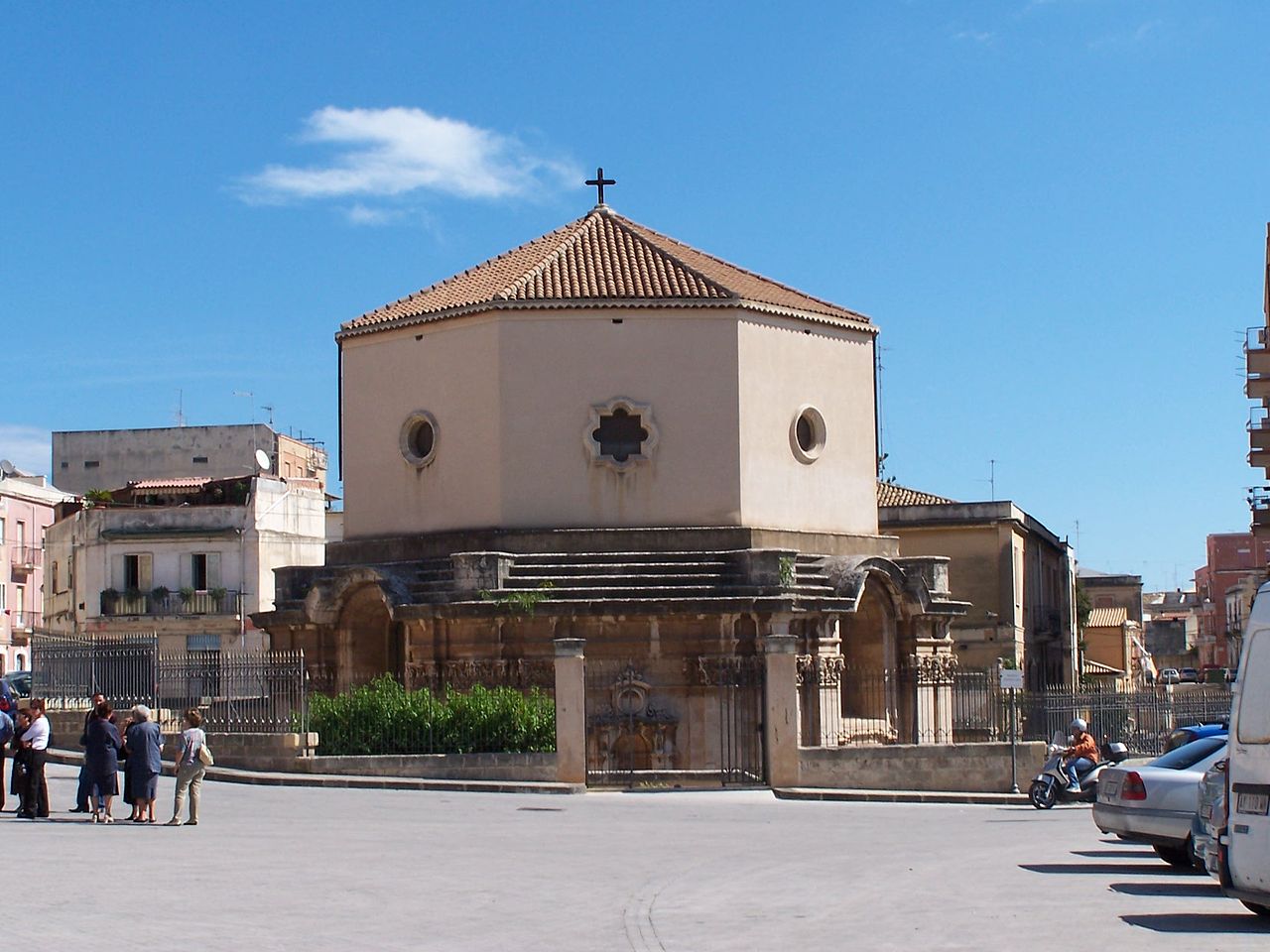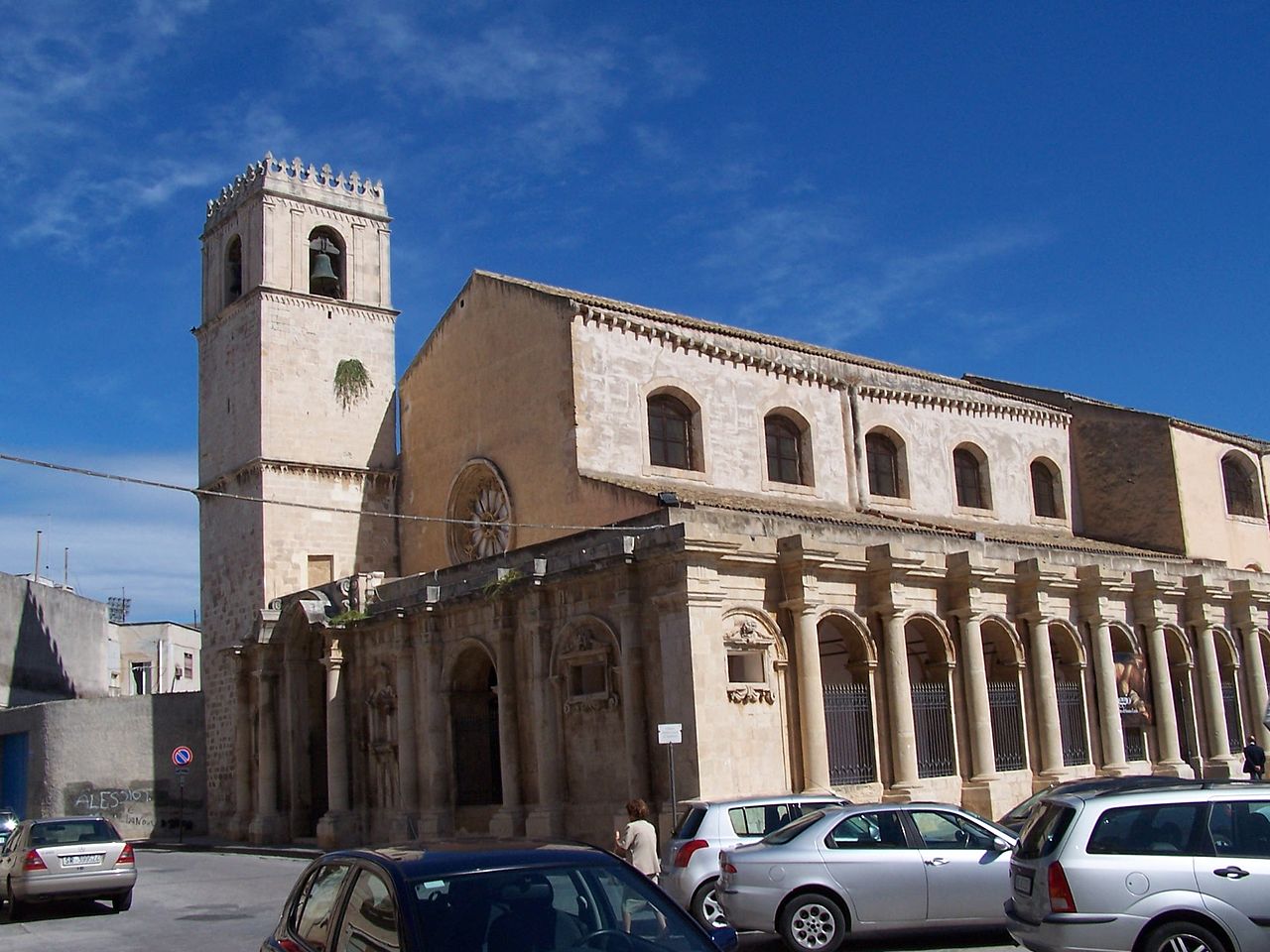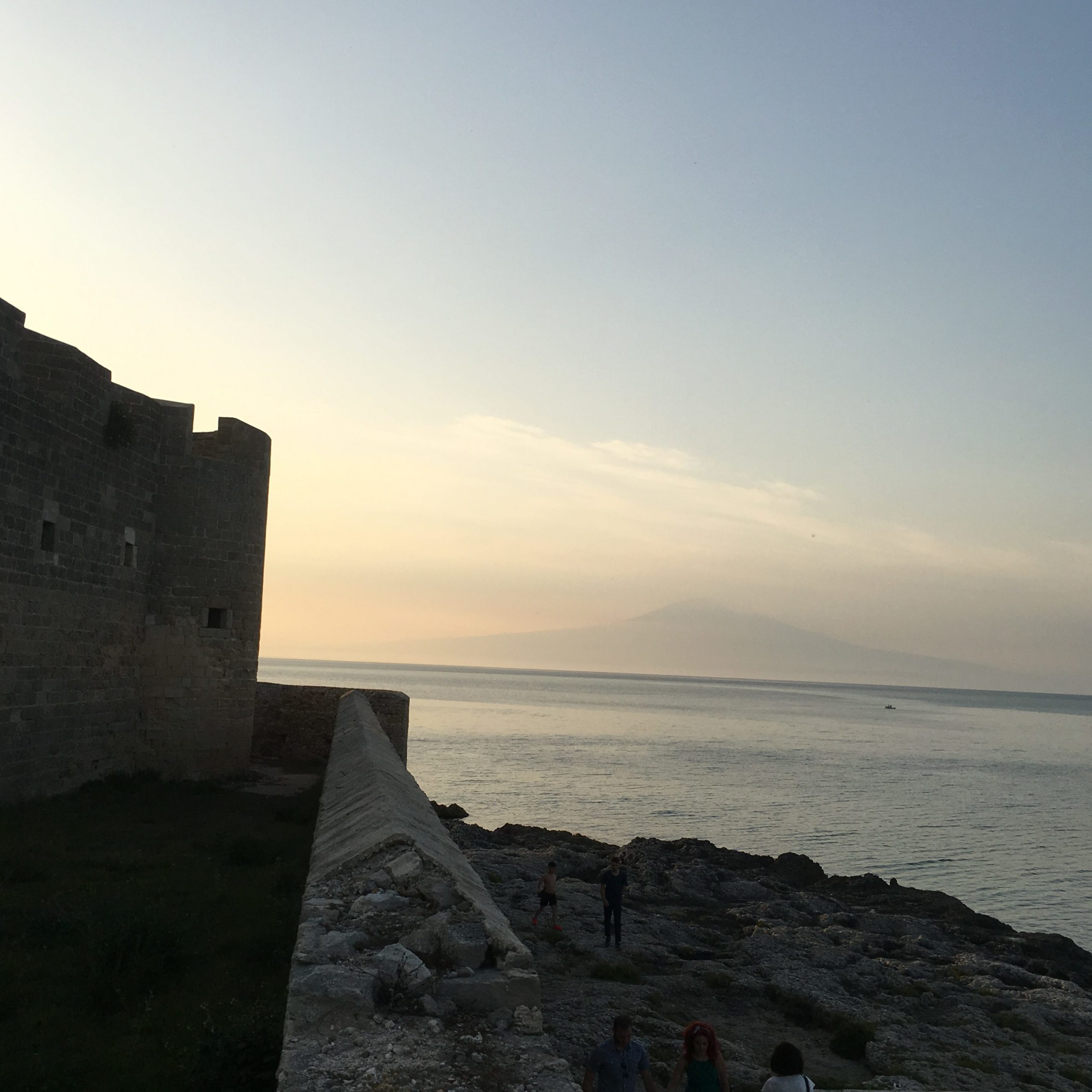The monumental complex located in Piazza Santa Lucia, a borough district founded at the end of the 19th century, includes the Basilica of Santa Lucia al Sepolcro and the annexed convent of the Franciscan Fathers, the octagonal temple, which houses the sepulchre of the Saint and the Catacomb, dating back to the 3rd, 4th and 5th centuries and used as a place of worship in subsequent centuries.
.
The Basilica di Santa Lucia al Sepolcro and the catacombs
The Basilica di Santa Lucia al Sepolcro, stands on the place where, according to tradition, the saint was martyred under the persecution of Diocletian (304 AD circa). During the Arab domination (878 A.D. -1086 A.D.) it is said that the remains were hidden to preserve them from the assault of the invaders. In 1040 the Byzantine commander Giorgio Maniace seyzed Syracuse from the Arabs and had the remains of Saint Lucia transferred to Constantinople. From here the body was later stolen by the Venetians who conquered the Byzantine capital in 1204 during the fourth crusade and is now preserved in the church of San Geremia in Venice. However, there is no certain evidence that the body stolen by the Byzantines was actually Saint Lucia’s, since there was no indication at the time that the saint was buried in the Syracuse catacomb complex.
The plan of the church still reflects the ancient one of the Byzantine era, with a large central nave and two side aisles. The present basilica, however, was rebuilt in the Norman era in the twelfth century, there are traces of the cupola apse, the portal and the first two orders of the bell tower, while the rose window of the facade dates from the fourteenth century. In 1618 the Franciscan Fathers arrived in the city and took care of the sepulchre and inhabited the convent, which was no longer in use. Numerous interventions for the reconstruction of the interior of the Basilica took place between the end of the fifteenth century and the first half of the eighteenth century with the radical Baroque innovations of 1626 by the architect Giovanni Vermexio. While leaving the basilica layout unchanged, Vermexio introduced the large round arches and the pillars that probably contain the ancient Norman columns inside. The portico, built in 1727 by Pompeo Picherali along the right side and the front of the church, was later built.
The Tempietto del Sepolcro.
From the inside of the Basilica, on the right of the presbytery, there is a staircase that leads to the chapel of the Sepulchre. It is an octagonal temple in Baroque style, designed in 1630 by Giovanni Vermexio. Built below the level of the surrounding countryside, the building is fully decorated in the facades located in front of the church and the square, while the back has never been completed and is anchored to the rocky outcrop. The external facade features a series of visible pillars surmounted by Corinthian capitals enriched by complicated drawings of plants, shoots and leaves. The circular interior forms a perfect octagon, covered with a dome, with an altar, in correspondence with the (presumed) sepulchral loculus of the martyr of Syracuse, which houses the statue of Santa Lucia giacente, made by Gregorio Tedeschi in 1634. The burial niche is embellished with a bas-relief depicting three fantastic animals of medieval origin, whose meaning is related to the moral qualities of the Saint: the griffon vulture is a symbol of incorruptibility, the dove is a symbol of purity and the lion indicates courage.
Catacombs of Saint Lucia
The Catacombs, below the modern Piazza Santa Lucia, extend southwest of the church and are characterized by a fairly complex morphology, consisting of a community cemetery and some hypogea dating from the third, fourth and fifth centuries. The oldest nucleus (region A, the northernmost) dates back to the years 220-230 A.D. and is divided into three levels, with a scheme of galleries with niches stacked on the walls. The use of the cemetery complex lasted until the middle of the Byzantine and Norman ages, with expansions and modifications that transformed some areas into oratories open to worship with frescoes.
The difficult static conditions of the underground complex limited the use of the catacombs for the public exclusively to region A.




